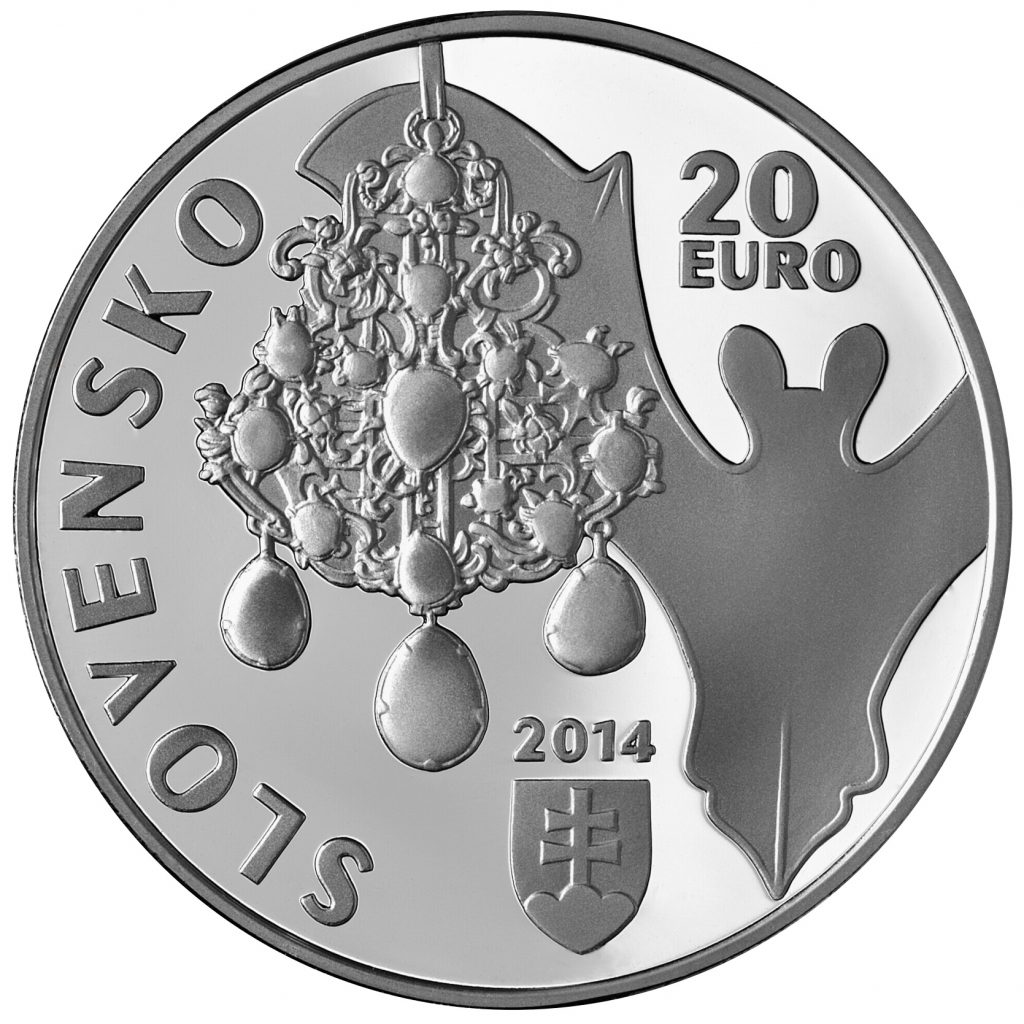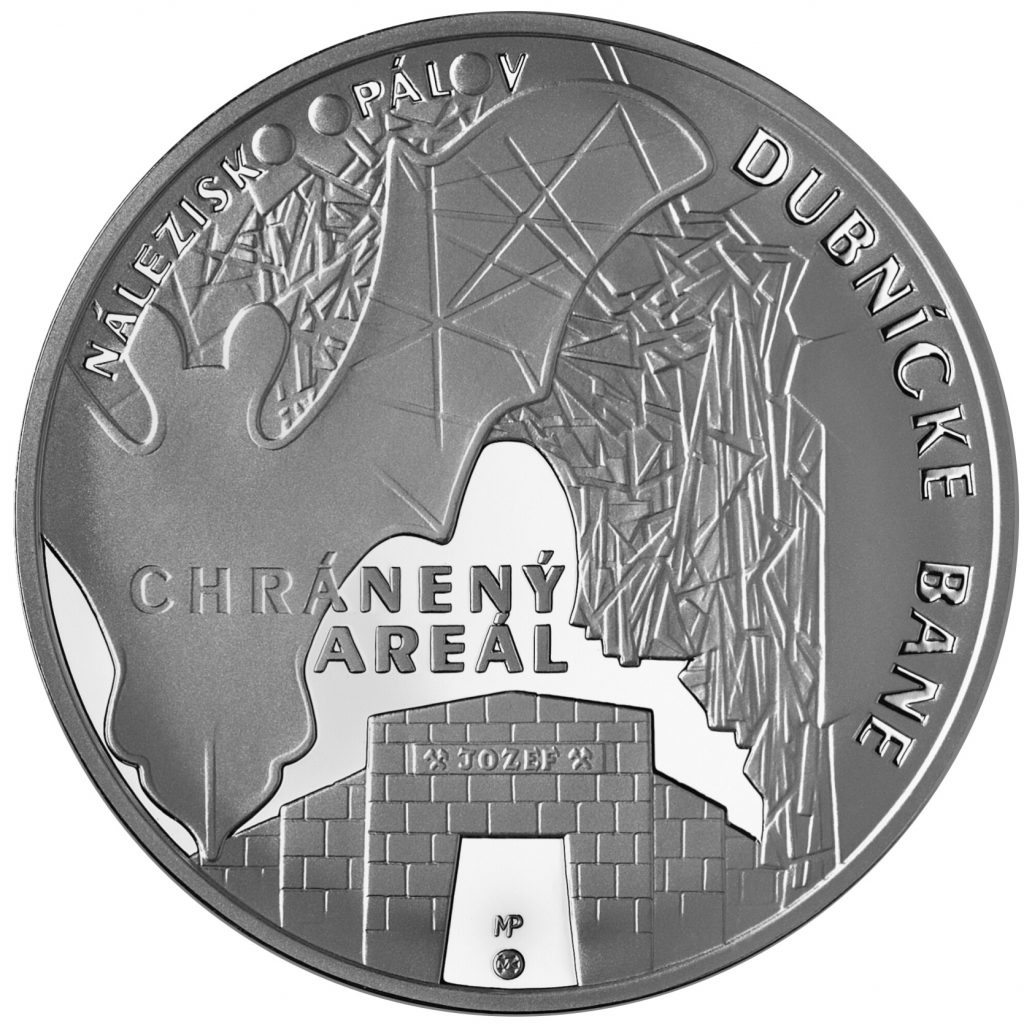-
NBS Tasks
Browse topics
- Monetary policy
- Financial market supervision
- Financial stability
- Banknotes and coins
- Payments
- Statistics
- Research
- Legislation
-
Publications
- Activity Report of the NBS Innovation Hub Annual Report Carbon Footprint Report of NBS Climate-related disclosures of NBS non-monetary policy portfolios Economic and Monetary Developments Financial Stability Report Investment Policy Statement of the National Bank of Slovakia Macroprudential Commentary
- Policy Briefs Report on the Activities of the Financial Market Supervision Unit Research Papers: Working and Occasional Papers (WP/OP) Statistical Bulletin Structural Challenges Other publications Sign up for your email notifications about publications
- About the Bank
- Media
- Frequently asked questions
-
For the public
Browse topics
- About the Bank
- Exchange rates and interest rates
- Banknotes and coins
- Payments
- Financial stability
- Financial market supervision
- Statistics
- Legislation
-
Publications
- Activity Report of the NBS Innovation Hub Annual Report Economic and Monetary Developments Financial Stability Report Macroprudential Commentary
- Report on the Activities of the Financial Market Supervision Unit Research Papers: Working and Occasional Papers (WP/OP) Statistical Bulletin Other publications Sign up for your email notifications about publications
- Frequently asked questions
- Media
- Careers
- Contact
The Dubník opal mines conservation area
€20 silver collector coin
The old opal mines of Dubník in eastern Slovakia, in the northern part of the Slanské Hills, were established to extract world renowned deposits of precious opal – the most beautiful gemstone found in Europe. Until the discovery of the opal fields in Mexico and Australia in the 19th centrury, Dubník was the only site of opal mining in the world. The Dubník mines were developed mainly between 1845 and 1880, when they were leased to the Goldschmidt family of Vienna. The largest precious opal to come from the Dubník field was found in 1771 at the surface. It weighed 607 grams and was named Harlekýn. Opal mining at Dubník ended in 1922, but efforts are currently being made to reopen the mines despite the failure of previous attempts to do so.
The extensive mineworkings have become a wintering site for 16 species of bat, including the Geoffroy’s bat, for which they are the most important known wintering site in Slovakia. In 1964 the Dubník mines were categorised as a conservation habitat, and in 1964 they were recategorised as a conservation area. Since 2004 the Dubník mines have also been classified as a Site of European Importance for nature conservation.
-
Coin description
Obverse:
The obverse of the coin portrays the historic Isabella’s necklace decorated with Dubník opals, accompanied in the background with the silhouette of a bat, for which the Dubník mines are an important wintering site. The bottom part of the coin bears the national emblem of the Slovak Republic and above it the year of issue, 2014. The name of the state SLOVENSKO is inscribed on the left side of the coin.Reverse:
The reverse of the coin features the silhouette of a bat in the mine’s interior. The bottom portrays the entrance to the “Jozef” tunnel which is characteristic for the Dubník mines. The upper part bears the inscriptions NÁLEZISKO OPÁLOV (“opal field”) and DUBNÍCKE BANE (“Dubník mines”). Stylised initials of the coin designer Mária Poldaufová, MP, and the Kremnica Mint mark are located at the bottom edge of the coin.
-
Coin details
Designer: Mária Poldaufová Composition: .925 silver, .75 copper Weight: 33.63 g Diameter: 40 mm Edge: OSOBITOSTI PRÍRODY SLOVENSKA
(Special features of Slovak nature)Producer: Kremnica Mint Engraver: Dalibor Schmidt Issuing volume: 2,750 coins in brilliant uncirculated quality
5,300 coins in proof qualityIssuing date: 18 June 2014

